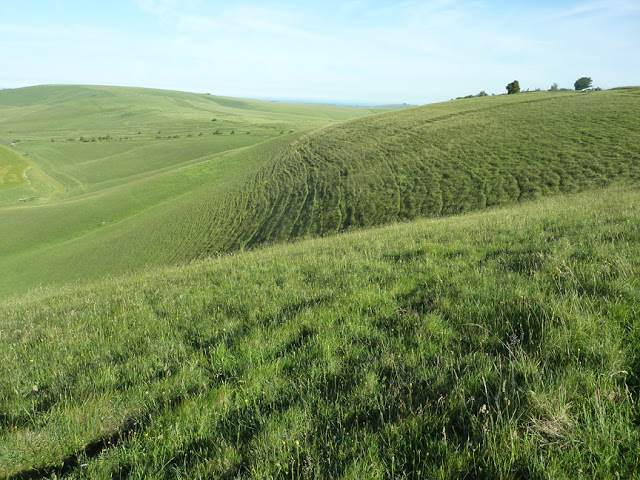Dungeness at its best

We now get to the top three of my favourite 10 natural history moments from the past five years. Any of these three could have made the top spot, but choices need to be made on the flimsiest of reasons. 3. Why I love Dungeness A late August - early September stay at Dungeness in 2015 showed the peninsula off in all its finery. I doubt that there have been many other weeks in its 'natural historical record' that have had so much going on (and some of that at a nationally notable level). As each day unfolded I was left with a sense of sheer gratitude that I was witnessing such things. Butterflies The only reason to start with the butterflies is ego - because this Long-tailed Blue was self-found and a lifer. On September 1st, after a hefty and prolonged rainstorm, it was flushed when walking across open shingle. It settled on an isolated gorse bush and stayed long enough for me to take but one photo, before it flitted off, not to be relocated despite much searching. I...









